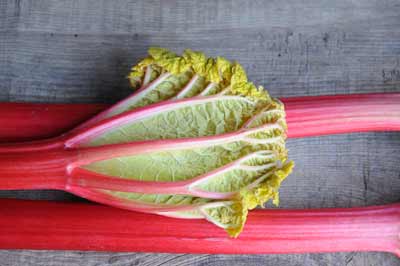
A large, juicy, tart cooking apple with pale green to yello skin flushed and striped with dark pink. It bakes well, holding its shape or cooking to light purée. It was raised by Mr J Allgrove for Messrs Veitch in Chelsea and thought to be a cross between Peasgood's Nonsuch and Ribston Pippin and received the Royal Horticultural Society Award of Merit in 1904 and the Royal Horticultural Society First Class Certificate in 1910, having been introduced commercially in 1908. It is popular in France and has recently been introduced into Japan.
An all-purpose apple with yellow-green skin a slightly tart flesh particularly good for cooking as its flavour intensifies. It is thought to have arisen near Green's End at Newport in Rhode Island some time before the early 1700s and introduced commercially into Europe in the early 1800s. It retains its shape when it is cooked, making it good for pies and tarts. This late-season variety is harvested from early October in South-East England and is at is best from December to April, though this apple never really caught on in Europe.

A breed of chicken. They were originally bred in the United States in the second half of the 19th century and imported to the United Kingdom around the turn of the century, originally as a utility breed. They are a common sight in farmyards and back yards. It is the state bird of Rhode Island and Providence Plantations, the smallest state in the Union. It joins in this honour with the quahog, which is the state shellfish.

Rhbuarb is the pink, large stem of a plant, the leaves of which are poisonous. A native of Siberia, it needs cold weather to thrive. The best rhubarb is forced in a dark place while that which grows outside appears in March and is more robust with a sharper flavour. Plants need two or three years outside to build enough strength to be forced, at which point they can be lifted and moved to dark sheds. At home, we grew rhubarb in a tall chimney pot to keep the sun from it. This results in sweet, pale stems.